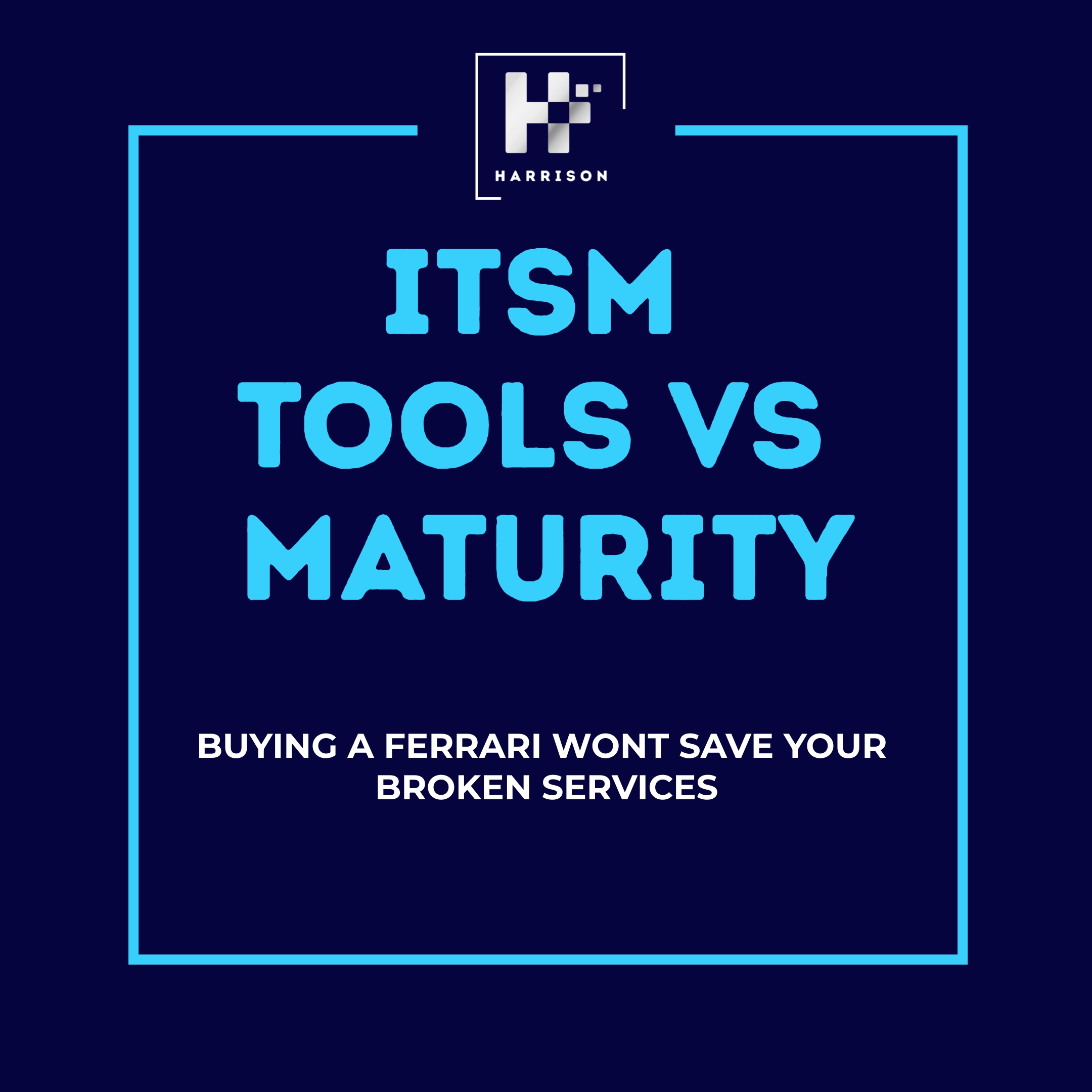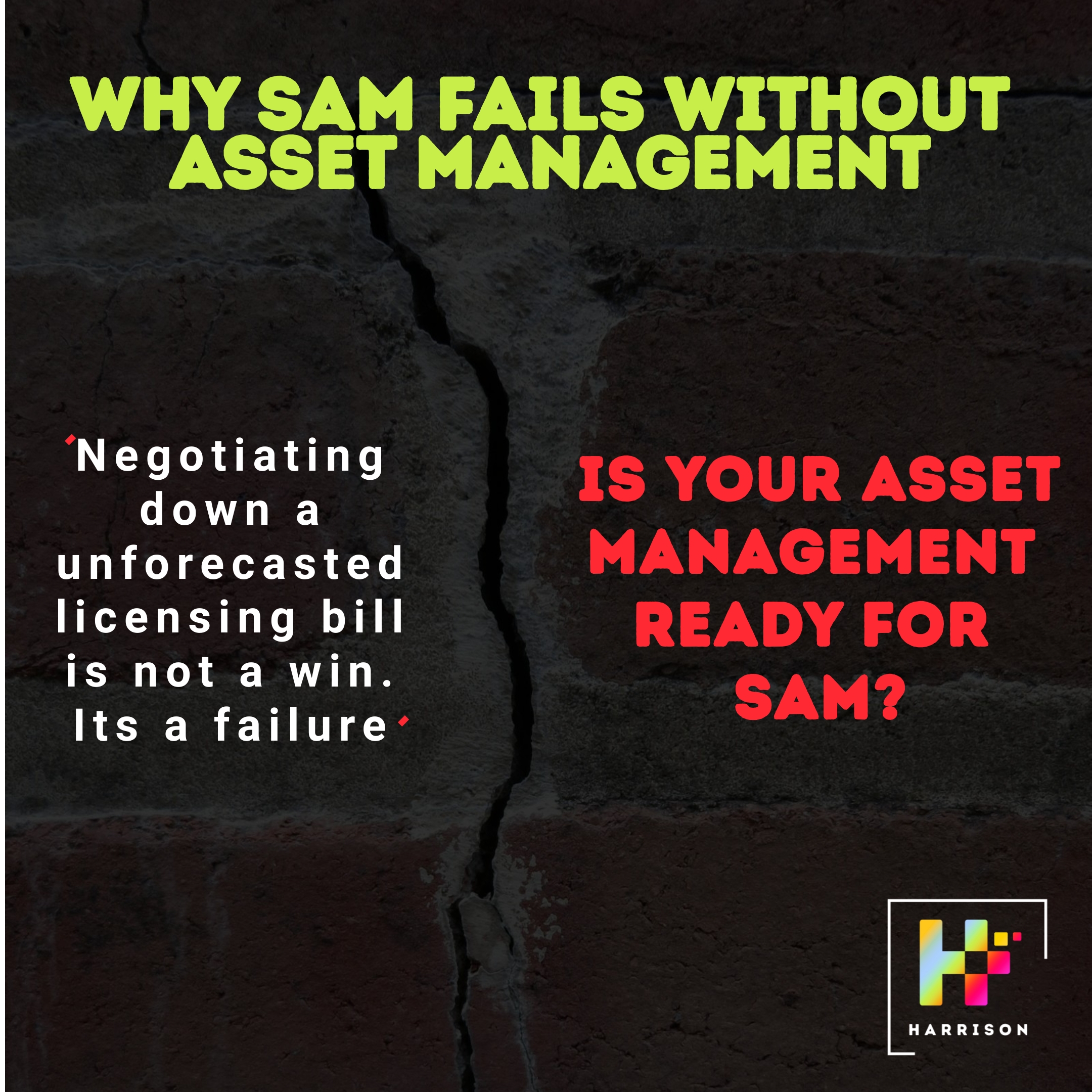Service Operation – Running IT Like a High-Performance Machine
Most CIOs think they’re “running” IT — but are they really operating it like a business-critical engine?
There’s a world of difference between services being up and services being run well.
Too often, IT operations are treated like the plumbing of the organisation. You only notice it when it breaks. But in today’s hybrid, digital-first business models, operations are not background noise — they’re the heartbeat of value delivery.
If Service Operation is simply a collection of processes , tickets ,rotas and metrics – you’ve missed the point. It’s a performance system. One that either delivers confidence, consistency and control — or chaos, confusion and cost.
It’s not about firefighting. It’s about flow.
The Real Problem: Your Ops Team Is Trapped Between Firefighting and Fatigue
Modern IT landscapes are complex: multi-cloud, API-driven, outsourced to some degree, and heavily automated. But most operations teams are still working with structures designed for on-prem, monolithic IT.
Here’s what that disconnect looks like:
-
Overloaded front-line teams playing triage roulette.
-
Tool sprawl creating multiple versions of the truth.
-
Incident and change fatigue with little capacity to improve.
-
Operational silos that slow down cross-functional flow.
-
Performance measures that track stability, not value.
You can’t improve what you haven’t stabilised. And you can’t stabilise what you don’t properly operate.
✅ The Good: Service Operation as a High-Performance Engine
When service operation is done right, you see it in every business conversation: confidence in IT, low noise, and trust that systems “just work.”
What that looks like:
-
Clear roles and workflows from detection to resolution.
-
Real-time observability that links ops data to customer experience.
-
Lean-inspired incident swarming and intelligent routing.
-
Front-line empowerment to resolve without escalation.
-
Tight integration between ops, dev, and business stakeholders.
-
Stability metrics with traceability to business impact.
The best ops teams behave like performance engineers — not human alert routers.
❌ The Bad: Reactive Chaos, Disconnected Teams & Zero Trust
This is where many IT orgs live — running on muscle memory, not mastery.
-
Service owners don’t actually “own” the service.
-
Ops dashboards show infrastructure uptime, not customer outcomes.
-
Change and incident clashes create a never-ending loop.
-
Escalations bypass process because “it’s faster to shout.”
-
Ops engineers feel like they’re taking the blame for everything.
And the cost? Burnout. Poor MTTx. Shadow IT. Lost credibility.
CIO WAR CHEST: Questions That Separate Real Ops from Rhetoric
Start asking these and you’ll see where the friction, duplication and failure points really are:
-
What percentage of incidents are resolved at first line without escalation?
-
Ask: Service Desk Manager
-
Artefact: First Time Fix Rate reports over 90 days
-
-
What’s the average time between detecting a service issue and acting on it?
-
Ask: Monitoring Lead, Ops Lead
-
Artefact: MTTA reports with alert-to-action timelines
-
-
How often do changes correlate with incidents?
-
Ask: Change Manager
-
Artefact: Change failure percentage mapped to incident spikes
-
-
What percentage of your services have a known, documented support model?
-
Ask: Service Owners
-
Artefact: Support model documentation for top 10 services
-
-
How is service health tracked across business hours, out-of-hours, and across partners?
-
Ask: Operations Manager, Vendor Lead
-
Artefact: Operational model with RACI, tooling and escalation maps
-
Service Operation Is a Leadership Discipline — Not a Middle Manager’s Problem
Here’s the uncomfortable truth: service operations reflect your leadership.
If ops are disjointed, reactive, or burned out, it’s not because they’re under-skilled. It’s because they’re under-led.
CIOs must treat Service Operation like a critical path function — not just “keeping the lights on.” It’s about how work flows, how people are empowered, and how value is protected when systems wobble.
The Hard Questions You Need to Ask Now
-
What do your users feel when they interact with your services — flow or friction?
-
Do you run IT like a system, or like a series of escalations?
-
Are your ops teams designed to support change — or just survive it?
-
Who in your org actually owns the “operational excellence” agenda?
-
What do your operations dashboards really tell you — and what are they hiding?
Need help?
If you’re a CIO trying to lead through complexity, your ops model is either your biggest bottleneck or your fastest lever.
We help IT leaders design operating models that scale, flow, and protect value.
👉 Let’s talk
Follow us
Latest articles
December 18, 2025
December 18, 2025
December 18, 2025
December 18, 2025
December 18, 2025
December 18, 2025








